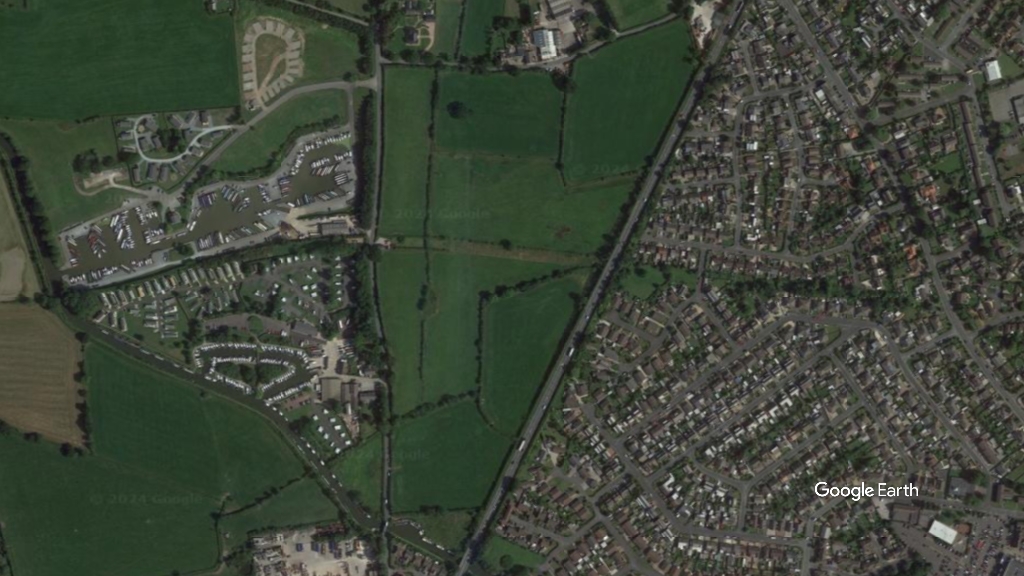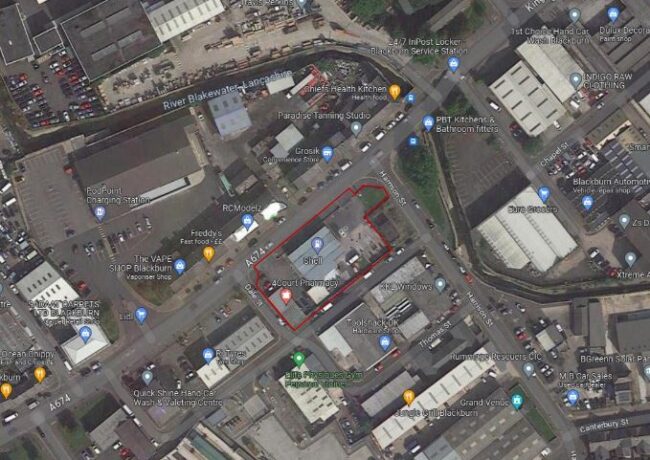Council to reject demolition of Morecambe munitions factory
Lancaster City Council is set to turn down plans to demolish part of a World War One munitions factory in Morecambe and the construction of four industrial units, following objections from the area’s parish council and the local flood authority.
Bay Scaffolding had submitted a planning application to demolish a large brick building, formerly part of the National Filling Station 13 munitions factory on White Lund Industrial Estate, and replace it with four portal-framed industrial units.
The brick building on the site measures nearly 10,000 sq ft and was built in 1916. It was used to supply power to a larger munitions plant, which covered a 260 acre site and was largely destroyed in an explosion in 1917. Although the building is not listed, it is considered by the council to be a non-designated heritage asset. During its use, the factory employed more than 4,600 people.
Heaton-with-Oxcliffe Parish Council objected to the proposals on heritage grounds, and claimed the developers’ “justification that the demolition will promote economic growth is poorly argued”.
The local flood authority had also objected to the scheme on the grounds that the proposal’s drainage strategy did not fully comply with planning obligations.
A statement by DH Planning Solutions, acting for Bay Scaffolding, said the council had demonstrated “an unstructured approach to the designation of heritage assets” in regards to the project.
The planner also claimed the economic and employment benefits of the site had not been fully recognised, with the new development set to create 35 full-time jobs, more than three times the number of jobs provided by the current facility.
The statement read: “In a resort town such as Morecambe with a large pool of unskilled labour, a reliance on seasonal employment and unemployment levels well above the national average, it is difficult to overstate the importance of these potential jobs to the local economy.”
The scheme, designed by Michael A Harrison Architects, is set to be rejected at the council’s planning committee on 13 November, after planning officers argued that the proposals would “result in the loss of a non-designated heritage asset without a robust justification for its loss”.
The planners’ report added: “The building is considered to be of particular local importance given that it is one of the few remaining buildings from the First World War National Filling Factory.”





Fast forward to 2019. This building is now gone. Not a trace of it left.
By John